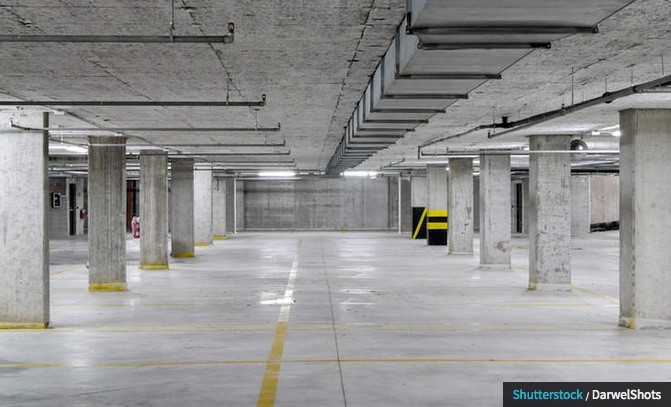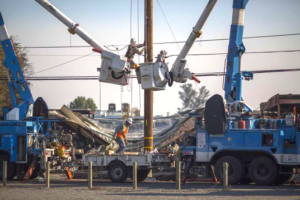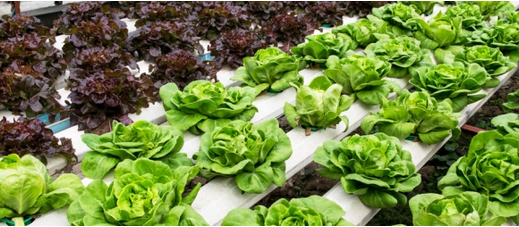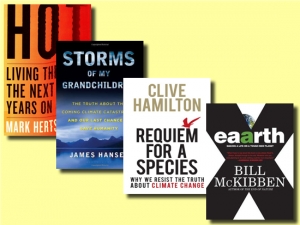
On November 21, 2016 GreenBiz published this piece by IEE Executive Director Ed Church. On New Year’s Day, 2017, the San Francisco Chronicle’s Sunday Insight Section led off its articles called “2017 and Beyond” with a version, called Don’t Build Parking Garages – They Won’t Be Necessary. They are excerpted below.
Three significant pressures are aligning which should give pause to investors in automobile parking garages. Garages are typically financed on a 30-year payback, either by cities or private investors. But they could find themselves holding the un-payable back-end of a 30-year note, when folks stop driving within the next 15 years.
The first pressure, already underway, is from Millennials simply not interested in driving. In part, this is based in the embracing of social media connectivity that makes connectivity via car unnecessary or burdensome. With fewer drivers’ licenses and auto purchases among young adults comes decreased need for that parking garage space.
The second pressure is the technological advancement toward autonomous vehicles. As these vehicles are converted into “robot taxis” which can be hailed with a tap on a cell phone app, the need for ownership of personal cars will decline, taking with it the need for parking space.
The third pressure, greatest of all, is the move away from fossil-fuel burning automobiles. These will simply be phased-out.




